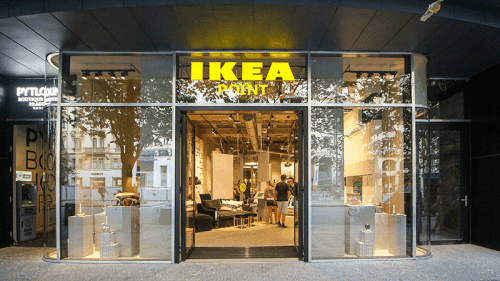In 2008, I was running the Bay Area office that I founded for a regional West Coast high-density residential for-sale developer. When Lehman Brothers filed for bankruptcy on September 15, I had just delivered 400 units that were about 50 percent presold in two developments in downtown San Francisco. Perhaps I should have realized it sooner, but it became crystal clear that there would soon be widespread pain and rare opportunity—the type of opportunity that comes a few precious times in one’s career and which I had not seen since the savings and loan crisis nearly 20 years earlier, when I was too young and too unprepared to take advantage of it.
Perhaps I should have realized it sooner, but it became crystal clear that there would soon be widespread pain and rare opportunity—the type of opportunity that comes a few precious times in one’s career and which I had not seen since the savings and loan crisis nearly 20 years earlier, when I was too young and too unprepared to take advantage of it. — Dean D. Givas
Within about 12 months, my San Francisco operation was consolidated into the Seattle-based corporate office as the company downsized from five to two offices. So in November 2009, I relaunched Oyster Development—which I had founded in April 2002, during the dot-com bust. It was a time to be lean, and I started as a one-man firm working in a friend’s windowless cubicle.
Related Content: You Survive the Next Downturn Now
One of the benefits of starting anew was that I had no legacy issues to monopolize my time and energy. With the intention of generating near-term fee income and positioning myself for ownership, I immediately focused on two market segments—broken condo deals in the Bay Area and high-density residential land in San Francisco. Given personal capital constraints and a preference for the ability to move quickly, I sought and found a capital partner for each strategy. The downturn had leveled the playing field for a less well-capitalized smaller shop like mine to be more appealing to such institutional investors.
The land strategy yielded relatively quick results. Given the chronic supply constraints in San Francisco and lack of existing supply even in 2009, my goal was to buy sites that could be developed at the beginning of the next cycle. As a result, I focused on entitled or partially entitled properties that would yield smaller (yet institutionally sized) developments in our most supply-constrained submarkets, which would both shorten the time to market and be more easily financed.
We closed our initial purchase in July 2010 with Tricon Capital Group, marking the first acquisition by anyone of entitled residential land for market-rate development in San Francisco since 2008. In order to stay lean, I added accounting and property management to my responsibilities. The acquisition was reentitled and redesigned within 15 months, by which time the land value had doubled. We broke ground in 2012 on the project, now named Marlow, which was one of only three condo projects to commence construction in San Francisco during the year.
Over a 24-month period after relaunching Oyster, we acquired three properties with Tricon Capital for a pipeline of 470 units in San Francisco. The volume of properties facilitated our construction financing by providing us additional collateral. The timing of the acquisitions has also provided Oyster a steady development pipeline. Today, Marlow, with 98 units in the Nob Hill neighborhood, and Vida, with 114 units in the Mission District, are both under construction as for-sale residential. Our third project, located in Lower Pacific Heights, should be entitled and commence construction in 2014.
The timing so far could not be better. We are over 60 percent presold at Marlow after only five months, with prices well above pro forma, and will very likely double our initial profit margin that was in the low 20s. We remain extremely well positioned on the rest of the pipeline with a low land basis at less than half of current market value in a market with job growth and years of compounded undersupply, resulting in pent-up demand for our product. Our fees have enabled us to assemble key staff to sustain an annual development pipeline of two projects and/or 200-plus units. As we exit the current pipeline, we will use profit to increase our co-investment in future deals to secure larger ownership positions. We expect to remain a boutique developer due to our concentrated geographic focus on San Francisco’s high-density housing market and our desire to remain a small company, ensuring hands-on project management by the senior executives.
Dean D. Givas is president of Oyster Development Corp. in San Francisco.




